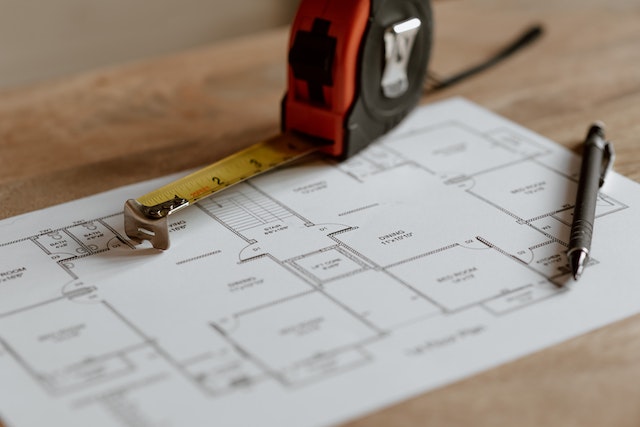Sustainable development is a way to meet the needs of the present without compromising the ability of future generations to do so. It also aims to reduce environmental harm and create economic prosperity.
Although using sustainable materials can incur higher upfront costs, these expenses are offset by savings on energy and water bills. It makes sustainability a cost-effective, long-term investment for homeowners.
Energy Efficiency
Building sustainability is a goal of Your Home Wichita builders, architects, designers, and community planners. A project’s construction and operation will not deplete natural resources or negatively impact the Earth’s continued functioning. It includes reducing pollution and avoiding wasteful use of water and other materials.
One way to achieve this is by using energy-efficient appliances in residential buildings, including solar and wind power. Another is using sustainable materials with low environmental impact and have yet to travel far to the construction site.
In addition, minimizing the amount of trash a project creates is vital in achieving sustainability goals. Some ways to do this include promoting the reuse of materials and providing opportunities for material recycling. Refurbishing older assets and repurposing them for new uses also helps reduce waste. EERE’s four technology offices, programs, and partnerships focus on improving energy efficiency in homes and buildings.
Water Conservation
One of the main issues in sustainable building is conserving water. There are many ways to do this, from capturing rainwater for irrigation to reusing greywater in toilets and landscaping. It helps save on utility costs and is suitable for the environment.
Many cities and states need more water resources. This is especially true in places that rely on an aquifer for their water supply and areas experiencing population growth. New residential developments must include plans for adequate water supply and a method for how the outcome will minimize its impact on existing water resources.
While water conservation might be ranked lower than other items in a sustainability assessment, it is a crucial factor to consider. Water conservation benefits everyone involved, like developers, builders, and the people who will live in the homes.
Materials
Using natural and recycled materials is crucial in sustainable construction. These materials don’t harm the environment at any stage of their life cycle – from production to end-of-use recycling. It’s also vital to choose insulating materials that help reduce energy consumption.
A genuinely sustainable development must consider environmental, economic, and social aspects. It includes incorporating green design elements and ensuring affordable housing. It must also promote biodiversity and support the health of people living in the area.
In addition to conserving heat and enabling homeowners to reap the benefits of greener surroundings, sustainable homes must also provide extra security for their occupants. The additional protection encourages more homeowners to leave their doors open, improving air circulation and reducing energy costs. It is a great way to protect our planet and increase homeowner happiness.
Waste Management
From an environmental perspective, residential construction is one of the most significant end users of resources and also among the largest polluters of manufactured and natural environments. Therefore, the houses built must be sustainable to minimize negative ecological, social, and economic impacts resulting from their existence.
Sustainable homes must adapt to their location. Building materials should be chosen to maximize their use while being non-polluting, and water conservation is especially crucial in dry areas.
Waste management is another vital component to consider when designing sustainable development projects. It can be achieved by implementing metering and charging for water and electricity usage and offering financial incentives to increase recycling (e.g., DSNY is studying a “pay-as-you-throw” system). Other methods, such as repurposing and refurbishing existing buildings for housing, can provide cost advantages to homeowners and preserve local heritage. In addition, reducing waste will improve the community’s disaster preparedness and help prevent waste-related impacts in the event of an incident.

